 The Caño Negro Wildlife Refuge is one of the most biologically diverse areas in Costa Rica. A wide variety of birds, animals and fish inhabit this tropical lowland of 24,620 acres. The best way to visit the refuge is by boat, which is exactly what we did. We traveled up the Río Frío, which flows through the heart of the preserve, in an open cockpit boat with a sun awning. (This is a stock photo, not one of mine, but it gives you a sense of the size of the boat.)
The Caño Negro Wildlife Refuge is one of the most biologically diverse areas in Costa Rica. A wide variety of birds, animals and fish inhabit this tropical lowland of 24,620 acres. The best way to visit the refuge is by boat, which is exactly what we did. We traveled up the Río Frío, which flows through the heart of the preserve, in an open cockpit boat with a sun awning. (This is a stock photo, not one of mine, but it gives you a sense of the size of the boat.)
Our captain was great at spotting wildife, then maneuvering the boat as close to the riverbank as possible so that we could get a close-up view. We saw many caiman, some small, some quite large -- swimming, sunning, or just chilling on a log.
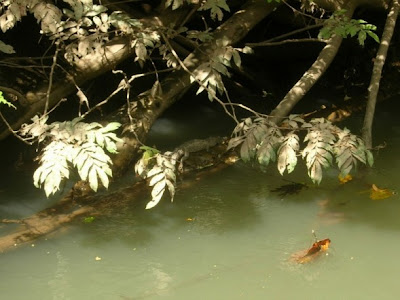

When we first boarded our boat, this Nicaraguan boat was unloading hardwood planks at the pier. It passed us later on its way back to Nicaragua.

The trees along the riverside were beautiful -- very tall, and teeming with animal and plant-life. The many different "air plants" were fascinating -- dropped as seeds onto branches by birds, they start to grow and draw sustenance from the air and from the host tree. The tree below had a whole colony of bromeliads growing on its lower branches (dead center in this pic).

We saw several groups of howler monkeys swinging through the trees. Alas, they tended to be very high up, and moved very quickly, so photographing them was difficult. Here's a close-up of one, hanging from its tail as it swung from branch to branch.

We were much luckier when it came to the white-faced capuchin monkeys -- we came upon a group fo them scampering right along the shoreline, not up in the trees. It was as if they were posing just for us!




.jpg)
Although I'm not a birder at heart, even I was interested in the birdlife we saw. Below, the anhinga, of which we saw many ("Oh look, another anhinga...yawn.") The male birds were larger and more magnificent than their female counterparts.


Alex, our guide, was an incredible naturalist and pointed out something we would have all missed: about 8 bats, sleeping on the side of a tree. They're lined up vertically in the crease that runs down the front of the tree:

Our captain took us as far as the Nicaraguan border, where we stopped for a photo op then turned around and headed back.

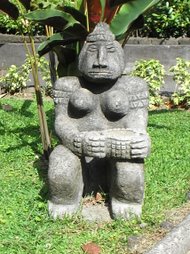
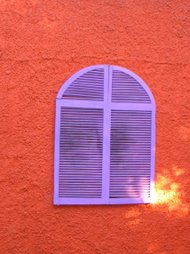
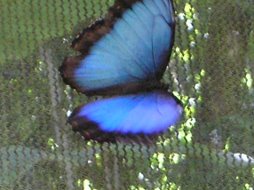
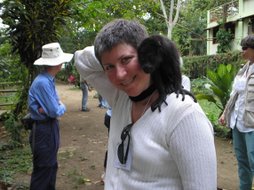
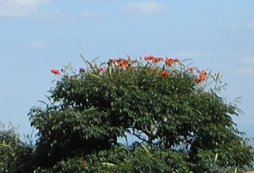

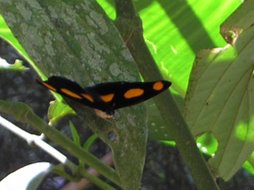

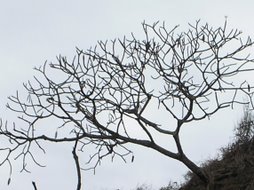
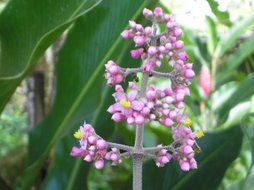


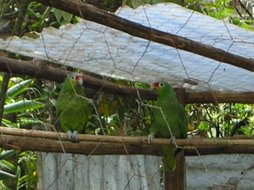
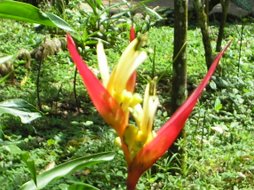
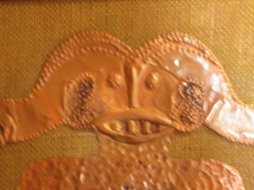

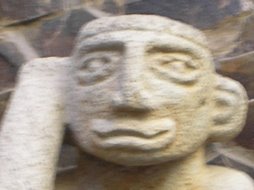
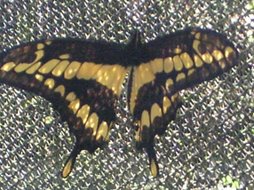

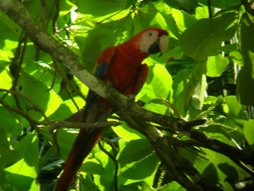
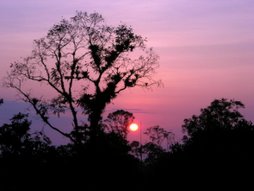
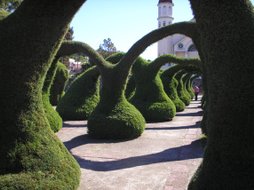




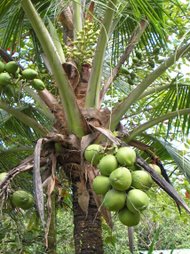


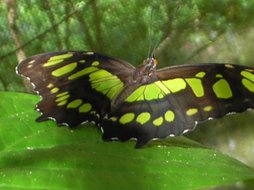
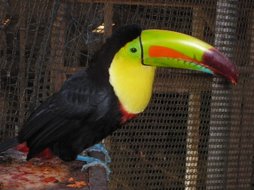
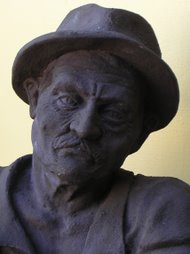

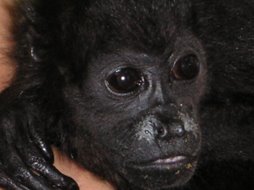
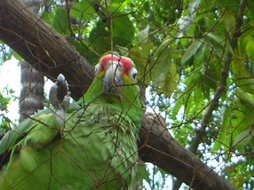

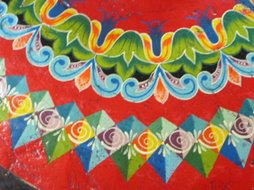
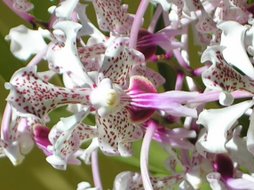

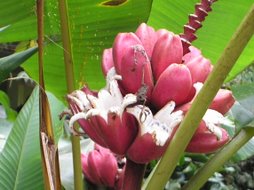
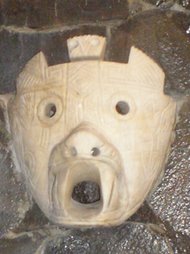
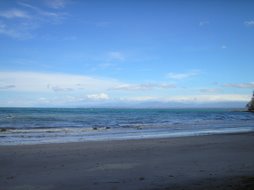

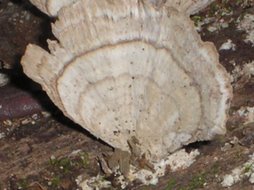



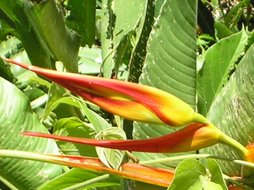
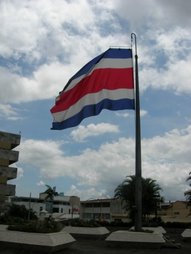
No comments:
Post a Comment